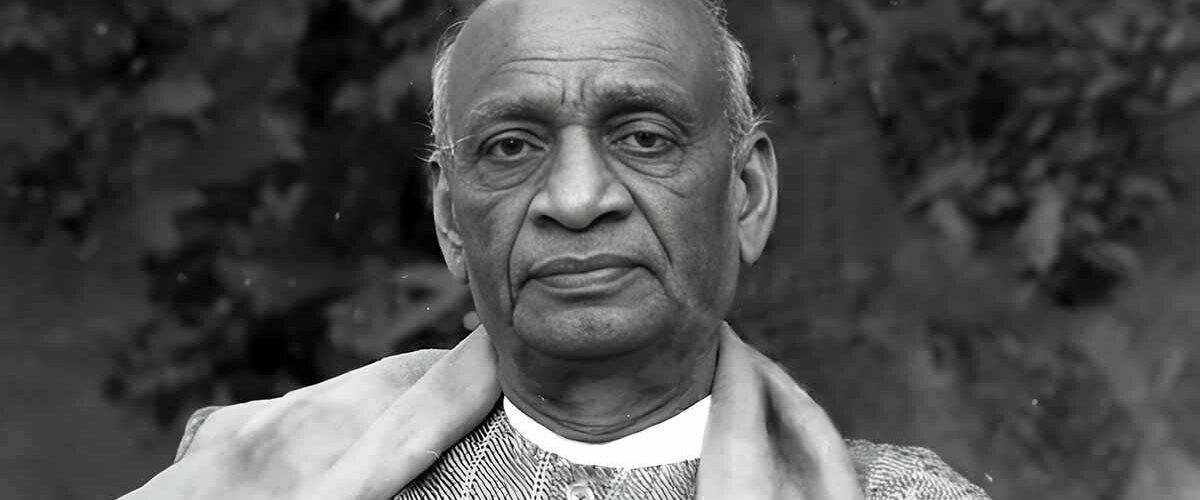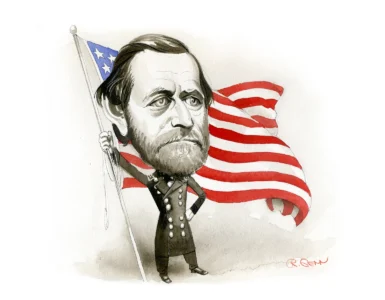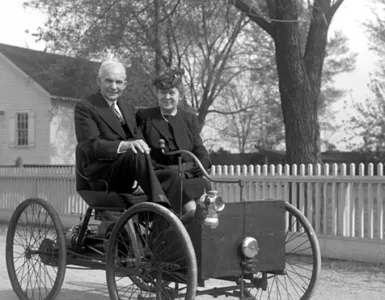Sardar Vallabhbhai Patel, often called the “Iron Man of India,” is one of the most significant figures in Indian history. He was a key leader in India’s independence movement and was essential in uniting the princely states after the country gained freedom from British rule. As India’s first Deputy Prime Minister and Minister of Home Affairs, Patel played a pivotal role in laying the foundation for a united India. This article covers Patel’s early life, role in the freedom struggle, and lasting contributions to the country’s unity and development.
Early Life and Education
Vallabhbhai Patel was born on October 31, 1875, in Nadiad, Gujarat. He grew up in a modest household, with his parents, Jhaverbhai Patel and Ladba Patel, instilling strong values in him. Patel’s father had served in the army of the Queen of Jhansi, while his mother was deeply religious. From a young age, Patel demonstrated leadership qualities and a drive for success. Despite financial difficulties, Patel was determined to pursue his education.
After starting his career as a lawyer in Gujarat, he quickly earned a reputation for his sharp legal mind. Patel was known for his practical and determined approach. His success in law enabled him to study further in England. In 1910, he traveled to London to complete his higher education in law. He became a barrister and returned to India to continue his career.
Entry into Politics and Gandhi’s Influence
Though Vallabhbhai Patel was successful in his law career, he soon became deeply interested in India’s political situation. The growing independence movement, led by figures like Mahatma Gandhi, captured his attention. In 1917, Patel met Gandhi, who inspired him to dedicate his life to the freedom struggle. Gandhi’s principles of Satyagraha (non-violent resistance) and Swaraj (self-rule) influenced Patel greatly.
Patel’s first major role in politics came during the Kheda Satyagraha in 1918. At the time, Kheda, a region in Gujarat, was facing severe famine, but the British government imposed high taxes on the farmers. Patel took the lead in organizing protests to demand tax relief for the struggling farmers. His leadership led to the British agreeing to suspend tax collection, marking Patel’s first victory in his political career. This success made him a popular leader, and he became more involved in the Indian National Congress. Patel continued to support Gandhi’s movements, including the Non-Cooperation Movement in 1920 and the Civil Disobedience Movement in 1930.
Bardoli Satyagraha and Becoming “Sardar”
One of the most defining moments of Vallabhbhai Patel’s political career came in 1928, during the Bardoli Satyagraha. The British government had imposed a 30% increase in land taxes in the Bardoli district of Gujarat, a burden the farmers couldn’t bear. Patel led the movement against this unfair taxation, encouraging the farmers to refuse payment. The peaceful protest was successful, forcing the British government to cancel the tax increase.
It was during this movement that Patel earned the title “Sardar,” meaning leader or chief. The people of Bardoli gave him this name out of respect for his leadership and courage. From then on, he became known as Sardar Patel throughout the country.
Role in the Indian Freedom Struggle
Throughout the 1930s and 1940s, Sardar Patel remained a key figure in India’s freedom struggle. He supported Gandhi’s Quit India Movement in 1942, which called for the end of British rule. Patel was arrested several times for his involvement in these protests, showing his dedication to the cause.
Known for his practical and firm approach to politics, Patel was instrumental in keeping the various factions of the Indian National Congress united. While deeply committed to the cause of independence, he also focused on bringing together different communities, religions, and castes. Patel believed in building a secular and inclusive nation, where all citizens had equal rights.
Uniting the Princely States
After India gained independence on August 15, 1947, the country faced the enormous challenge of uniting over 500 princely states. These states had the option to join either India or Pakistan or remain independent. The fragmentation of these states posed a serious threat to the unity of the newly independent nation.
Sardar Patel, as the first Deputy Prime Minister and Home Minister of India, took on the responsibility of integrating these princely states into the Indian Union. Through diplomacy, persuasion, and when necessary, force, Patel succeeded in convincing the rulers of most states to join India. He worked closely with V.P. Menon, a senior civil servant, to negotiate the terms of integration.
One of Patel’s most notable achievements was the integration of Hyderabad, the largest princely state, which was ruled by the Nizam. Patel launched Operation Polo, a military action that resulted in Hyderabad becoming part of India. He also managed the integration of other critical states like Junagadh and Kashmir.
Patel’s efforts in uniting the princely states earned him the title “Iron Man of India.” His determination and leadership helped secure the unity and stability of the country during a crucial period. Without his efforts, the map of India might have looked very different.
Vision for a United India
Sardar Patel’s vision for India was one of unity and development. He believed that a strong central government was essential for the country’s stability. Patel worked tirelessly to ensure that the country remained united after independence. He also advocated for a mixed economy, where both the government and private sector would contribute to the nation’s growth.
A strong supporter of civil services, Patel played a key role in establishing the Indian Administrative Service (IAS). He believed that an efficient and disciplined civil service was vital for the governance and development of the country. The IAS, often referred to as the “steel frame” of India, continues to play a crucial role in the country’s administration.
Relationship with Other Leaders
Sardar Patel had a close working relationship with Jawaharlal Nehru, India’s first Prime Minister, though they often disagreed on political and economic issues. Nehru leaned towards socialism and state-led economic planning, while Patel favored private enterprise and agriculture as the backbone of development. Despite their differences, both leaders shared a vision of a united and independent India.
Patel’s relationship with Mahatma Gandhi was one of mutual respect. Gandhi considered Patel his “right hand,” and Patel remained committed to Gandhi’s principles of non-violence and truth throughout his life.
Legacy and Death
Sardar Vallabhbhai Patel passed away on December 15, 1950, but his legacy continues to shape modern India. He is remembered as a man who gave everything to ensure the unity and development of the nation. His leadership, strength, and practical approach to problem-solving earned him a place in the hearts of millions.
In 2014, the Indian government declared Patel’s birthday, October 31, as National Unity Day (Rashtriya Ekta Diwas). In 2018, the Statue of Unity, the tallest statue in the world, was unveiled in Gujarat to commemorate Patel’s contributions to India’s history.
Conclusion
Sardar Vallabhbhai Patel’s life was one of dedication to the unity and strength of India. His role in uniting the princely states and building a strong central government ensured that India emerged as a united nation after independence. His leadership, courage, and vision have left an indelible mark on the country. Known as the “Iron Man of India,” Patel’s contributions continue to inspire generations of Indians. His legacy will remain a cornerstone of India’s history for years to come.





Add comment